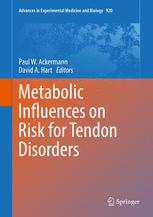

Most ebook files are in PDF format, so you can easily read them using various software such as Foxit Reader or directly on the Google Chrome browser.
Some ebook files are released by publishers in other formats such as .awz, .mobi, .epub, .fb2, etc. You may need to install specific software to read these formats on mobile/PC, such as Calibre.
Please read the tutorial at this link: https://ebookbell.com/faq
We offer FREE conversion to the popular formats you request; however, this may take some time. Therefore, right after payment, please email us, and we will try to provide the service as quickly as possible.
For some exceptional file formats or broken links (if any), please refrain from opening any disputes. Instead, email us first, and we will try to assist within a maximum of 6 hours.
EbookBell Team

4.7
86 reviewsThis book will be of considerable interest to students, practitioners (Doctors, Physiotherapists, and other health care professionals), and researchers who deal with the complex structure of tendons and the need to effectively address tendon disorders. The book is divided into three sections: (1) Basic Biology and Biochemical Markers; (2) Metabolic Disorders; and (3) Novel Therapies. The first section, devoted to the basic biology of tendons, is aimed at those individuals who want to gain basic information on tendons and the subsection on biochemical markers is chiefly aimed at researchers who are developing new studies within this field. The section on metabolic disorders is mainly directed at practitioners who desire to know how metabolic disorders can affect tendons in order to optimize treatment for their patients. Finally, the section on novel therapies is focused on some new treatment options within this field, and discussions regarding how management of tendon disorders needs to incorporate perspectives on current understanding of tendon metabolism.